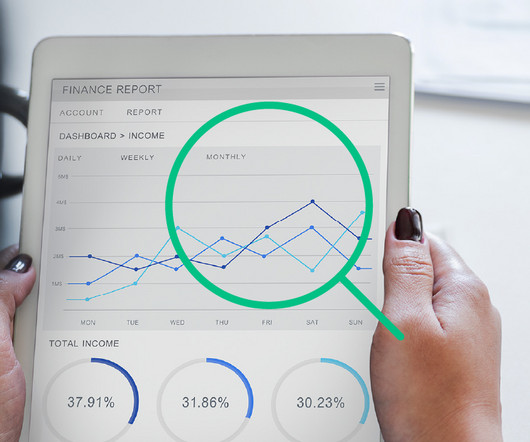The Best Accounts Receivable Reporting Software Solutions of 2025
Gaviti
DECEMBER 18, 2024
These types of reports include cash flow forecasting, aging reports, DSO calculations, and A/R performance. Track A/R performance metrics and KPIs such as collection rates, total A/R, DSO, customer risk, collective effectiveness index (CEI) and accounts receivable turnover ratio (ART). A/R performance.












Let's personalize your content